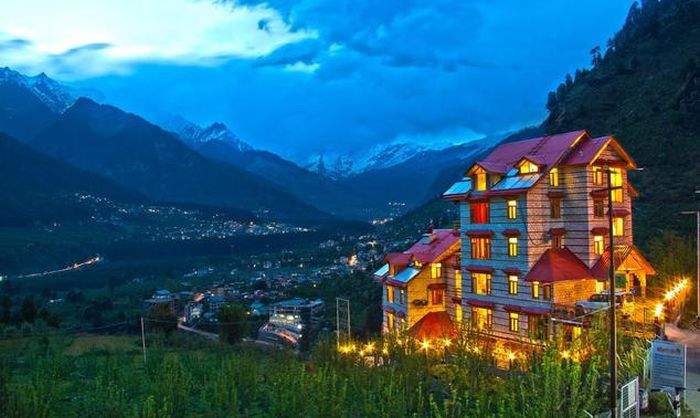Talking about tourist destinations of Himachal Pradesh brings up the name Manali probably most frequently after Shimla. It is perhaps one of the most popular honeymoon destinations of India. It is a small town set in the northern end of Kullu Valley. In fact the name Kullu – Manali is taken together as they are so closely linked as tourist destinations.
The Manali weather temperate warm in summer and gets pretty cold in the winter. The temperatures go up to 15C in summers and do dip below freezing point regularly in winters. For people who want to enjoy a biting cold hill station weather, Manali is ideal.
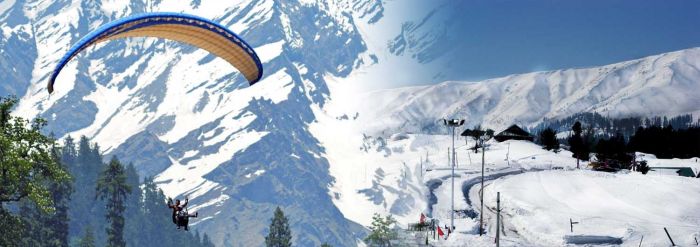
While honeymooners may prefer to stay put in Manali, enjoying the natural beauty besides the rippling waters of Beas river and charms of a tiny hill station market, serious adventure tourists have much to explore here. A drive up to Manali from Chandigarh is seen as an adventure sport in itself. It is also the gateway to Lahul valley and Ladakh that adventure drivers simply love move on the route.
Solang valley is mere 15 kms away from Manali, towards Rohtang Pass. It offers many adventure sports like paragliding, parashooting, skiing and zorbing. The last named sport consists of sitting in a huge ball while it rolls down a valley. Skiing makes cold winter a fun season. There are both government and private agencies that provide ski equipment and conduct trainings each winter.
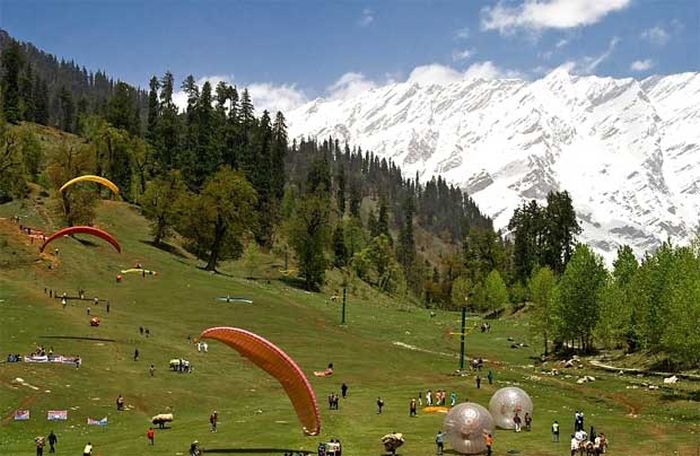
There is a rope way which has opened up to allow people to get to the summit easily for soaking in a 360 degree view of the valleys and peaks around. Many like to trek their way up.
Bhuntar is a picturesque town about 50 kms short of Manali. The Kullu valley airport is at Bhuntar where smaller planes land. Many people opt to fly in here and travel the remaining 50 kms by a taxi or bus. The famous Bhutti colony, consisting of weavers of Kullu shawls and other woolens, is also located here.
Manikara, close to Bhuntar, is famous for its natural hot springs. It is a holy place for both Sikhs and Hindus. The presence of hot springs is attributed to Lord Shiva who was annoyed when he could not spot the jewel earring that Parvati had dropped. He is supposed to have opened his third eye and burned the place, resulting in hot springs.
The Sikh followers believe that the springs were created by prayers of Guru Nanak. There is a Gurudwara sacred to the Sikhs as Guru Nanak had visited this place with Bhai Mardana. There are several Hindu temples here as well.
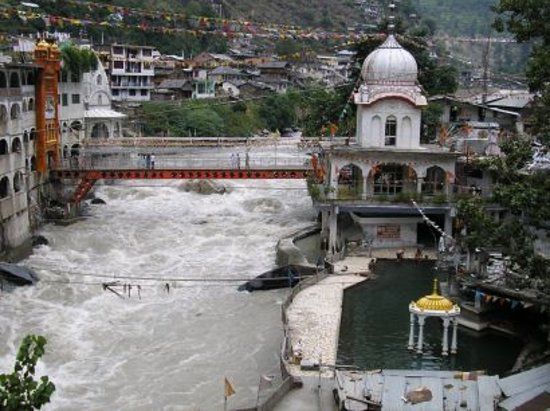
Kullu is spoken of highly by visitors for its unparalleled beauty. It is set in the Pir Panjal mountain range and the river Beas runs through its center. It is lined with Pine and Deodar trees. The apple orchards add to its scenic beauty.
Kullu does find a mention in the ancient scriptures of Ramayana and Mahabharta. The place is also recorded in famous Chinese traveler Xuanzang’s account. There are several Buddhist monasteries in the region subscribing to the Mahayana sect.
Naggar, higher up on the left bank of Beas river has a number of beautiful temples and a fort built by the erstwhile rulers of Kullu. World famed Russian artist Nicholas Roerich, having devoted a lifetime to art and conservation of world monuments, had settled down at Naggar. An art gallery at Naggar is a tribute to the great artist.
Rohtang Pass is the topmost choice of people who want to experience the adventures of driving through high and difficult motorable roads. It is a high pass in the Pir Panjal mountains that connects Lahaul valley and Ladakh with Kullu-Manali valley. The pass also marks the watershed of Beas and Chenab rivers.
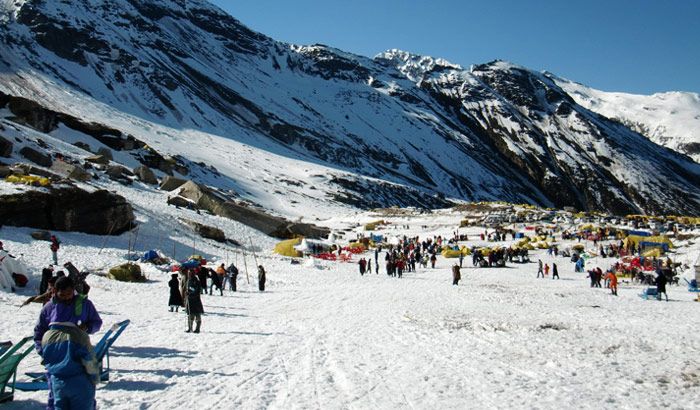
Rohtang is open only from May to November and at times can be a crowded placed due to the narrow time window. The route to the pass is prone to land slides and snow storms. A tunnel passing underneath the Rohtang Pass is under construction constructed for providing year around access with the winter landlocked region beyond the pass.

